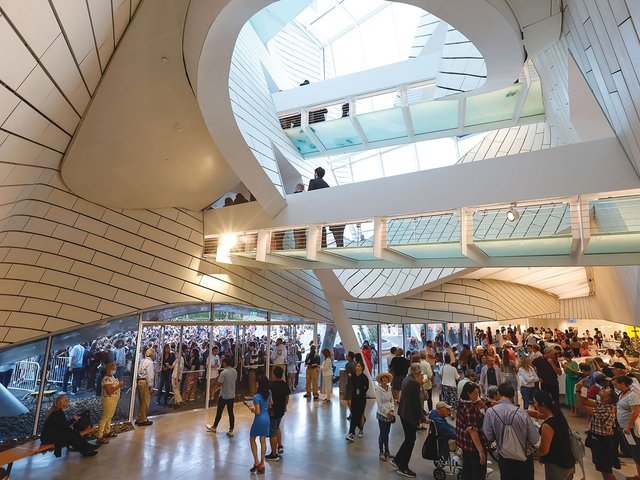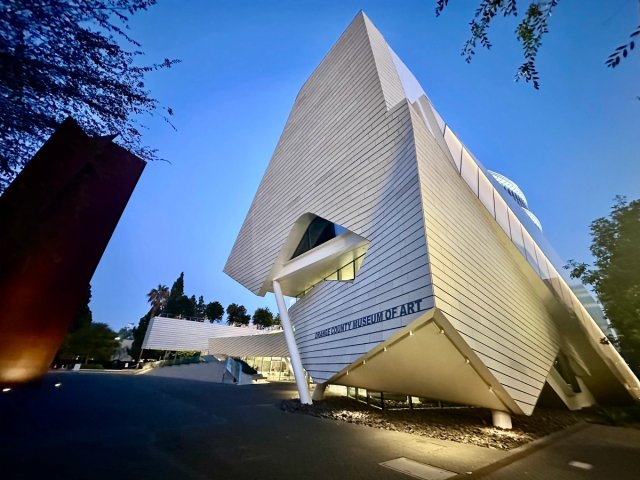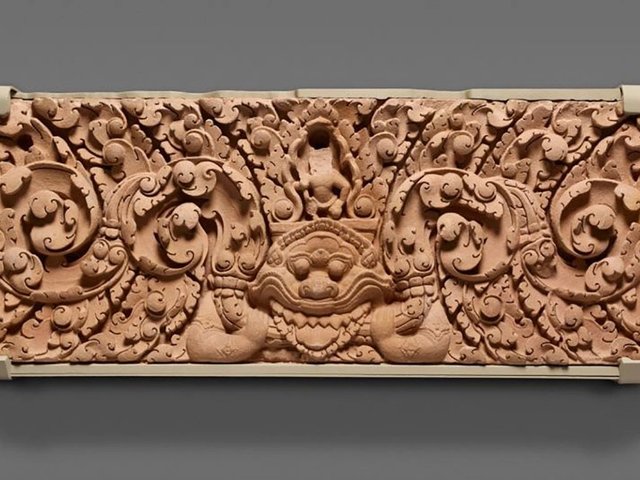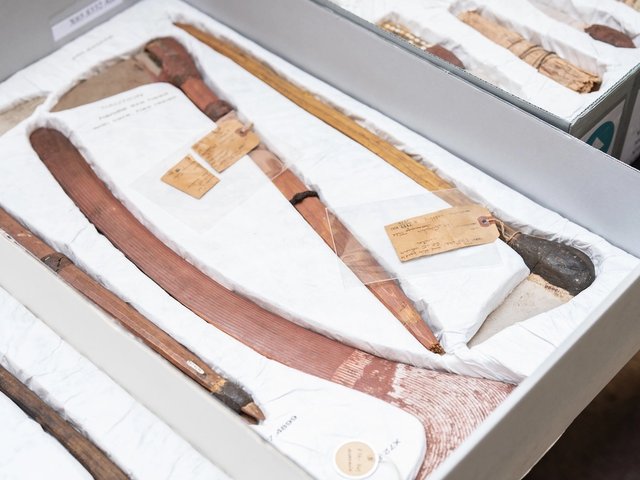Last week, the University of California, Irvine (UCI) revealed that it is in talks with the Orange County Museum of Art (OCMA) to take over the museum, in a move said to be mutually beneficial. The news came on the heels of another major change announced in April: that the museum's director Heidi Zuckerman will be leaving after her contract expires in December.
Discussions began “within the last few weeks” says Michael Uhlenkamp, UCI’s assistant vice chancellor for communications and media relations, who would not say who approached whom about the possible merger. “OCMA has long contributed to the cultural vibrancy of our region, and UC Irvine is honoured to explore this promising partnership,” university chancellor Howard Gilman said in a statement. “As a university committed to discovery, creativity and public service, we see great potential in combining our strengths to expand access to the arts, deepen engagement with California’s artistic legacy and support new generations of creators and scholars.”
David Emmes, the chair of the OCMA’s board, added in a statement: “This represents a thoughtful next step in OCMA’s evolution. Partnering with UC Irvine would offer new opportunities to strengthen our mission, expand educational impact, and position the museum as a lasting and dynamic cultural anchor for the region.”
If the two parties come to an agreement, the proposal will go to the University of California Board of Regents in the autumn. Zuckerman seems not to be involved in these talks, as she is quoted neither in provided statements nor in local reporting. Zuckerman could not be reached directly for comment.
News of the impending changes in leadership in governance come after several milestones for the OCMA in recent years—and as it prepares to open the latest edition of its biennial of California art, Desperate, Scared, But Social (21 June-4 January 2026). In October 2022, the OCMA re-opened to great fanfare in a new $94m building that was part of the Segerstrom Center for the Arts in Costa Mesa. The architecture was by the noted Los Angeles firm of Morphosis, and it joined a complex of posh theatres and the private Park Club in a particularly affluent part of Southern California. Established in 1962 as the Balboa Pavilion Gallery, the museum had accumulated an important collection of more than 4,500 works of Modern and contemporary art, many by artists based in or connected to California. Zuckerman, formerly of the Aspen Art Museum, had been tapped to head the museum in 2021 and was able was able to arrange free admission for ten years, paid for by a donor.
The university has a legacy of producing important contemporary Southern California artists, with alumni including Chris Burden and James Turrell, and for employing working artists to teach (currently, among others, Amanda Ross-Ho and Bruce Yonemoto). Since 2017, the university has been working toward building a dedicated home for the newly established Jack and Shanaz Langson Institute and Museum of California Art (Langson IMCA), which is currently housed in temporary facilities. If the merger goes through, UCI would no longer need to pursue the fundraising and the logistics of constructing a new building. How a new director will be chosen is yet to be determined, Uhlenkamp says.
A renewed push for a campus art museum at UCI was prompted by two events. In 2016, another independent museum, the Irvine Museum, dissolved and passed part of its collection of early California art to the university. The understanding was that a museum would be built to house the collection, as well as existing university holdings. The following year, the collection of the late developer Gerald E. Buck—including, among more than 3,000 works, works by Jay DeFeo, Ed Ruscha and David Hockney—came into UCI's possession. Fittingly, an art museum had been part of the original master plan for the university’s campus, designed by William Pereira and opened in 1965. (The OCMA is around six miles north of UCI’s campus.)
For the OCMA, the support of a large educational institution like UCI would bring both synergy and stability. Small-to-medium-sized museums in the area have a history of turning to larger institutions as operations and funding become problematic. In 2013 the Pacific Asia Museum in Pasadena merged with the University of Southern California. The chronically underfunded PAM had limped by for years and the 1929 building it was housed in—based on a traditional Chinese palace—was desperately in need of seismic retrofitting and other updates. After the merger, the museum was able to close for more than a year to undergo an extensive renovation.
One of the most successful art museums in Los Angeles, the Hammer Museum, is also the result of a merger. In 1990 the museum’s founder, Armand Hammer, died shortly after it opened, leaving its future uncertain. The museum’s leaders looked to their neighbour in Westwood, the University of California, Los Angeles, which took over the institution in 1994. Under the directorship of Ann Philbin, who arrived in 1999, the museum became one of the city’s leading contemporary art venues and completed an extensive expansion and renovation project in 2023.







